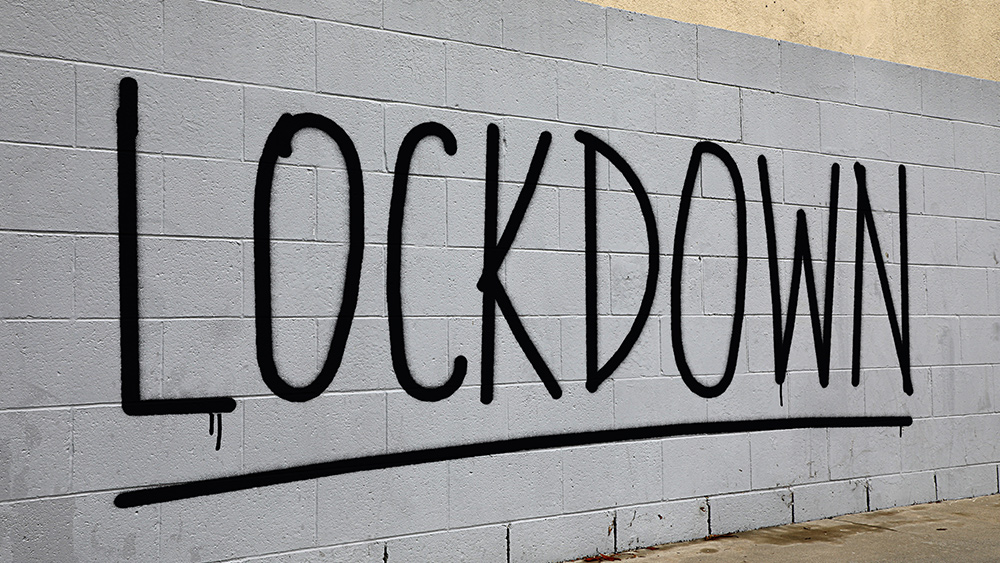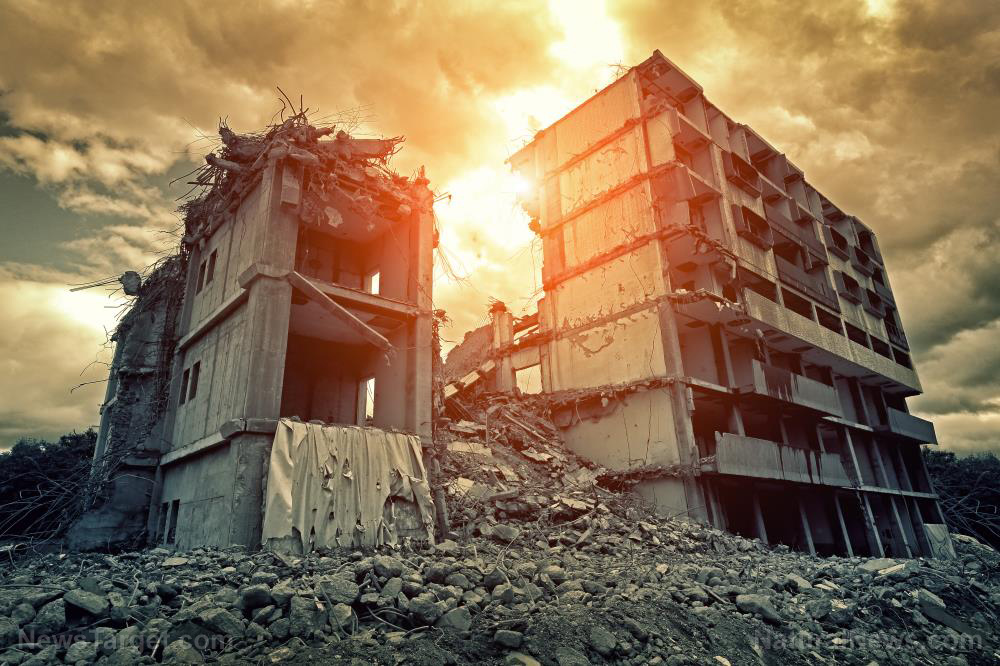Prepping with a generator: Tips for planning and safety
04/05/2020 / By Arsenio Toledo

If you’re living or working in a disaster-prone area, you must have a plan for when the power grid fails. You can simply light a few candles and wait for the power to go back on – or for a more reliable source of electricity, you can start investing in a portable generator. (h/t to ThePrepperJournal.com)
A portable generator is, as its name suggests, a generator with wheels or one that is small enough that it can be carried by one or two people. Its counterpart, the stationary generator, is installed permanently in businesses and homes. While a stationary generator can still be moved, doing so takes considerable effort – possibly involving professionals who know how to work with generators.
Being in the vicinity of an area that’s prone to earthquakes, floods and other natural disasters means having to deal with the possibility of long blackouts. (Related: 10 Ugly truths about long-term power outages and how to deal with them.)
Here are several things to consider when setting up your emergency generator:
Power needs
Before you go to the hardware store to buy your emergency generator, consider how much power your home needs. A small portable generator can produce between 3,000 to 4,000 watts of power. Larger portable generators can produce as much as 10,000 watts.
Take some time to figure out how much wattage your house or business establishment will need. You can use an ammeter, an instrument for measuring electrical output, and connect it to various electrical panels in your home when power is being used at its peak. Alternatively, you can ask for help from electricians and other professionals.
Measure your building’s power output for several days before deciding on the type of portable generator to buy.
Fuel
Your portable generator will need fuel. During a disaster, you may not be able to top up on fuel at your local gas station. So, you should stock up on fuel in your home. Learn how much fuel your generator uses per hour and buy as much fuel as you think you’ll need for it.
Consider getting a large fuel tank so that you have a healthy amount of reserve fuel within reach to refuel your generator, and so you don’t have to keep running to a gas station for some fuel.
Placement and safety precautions
You can’t just place your generator anywhere in your home or business establishment. There are certain factors you need to take into account:
- Your generator should be near your home or building’s electrical panel. This helps you save on electrical cable, thus reducing the cost of installation.
- Your generator needs to be kept in a dry area that doesn’t see a lot of foot traffic for safety issues. If possible, keep your portable generator away from public access.
- Your generator should be installed by a qualified electrician. They are the only ones who should connect your generator to the electrical panel. Never try to connect it yourself.
Maintenance
Your portable generator must always be in perfect or near-perfect condition. A disaster can occur at any time, so you should perform regular maintenance on your generator. Consult with an electrician as often as necessary.
Don’t forget that your generator is only meant to be a temporary power source, to be used in case of an emergency power outage. Using your portable generator as a permanent power solution will drive up your costs, as you will be forced to keep buying more and more fuel.
For more information on what to do when the power grid fails, check out PowerGrid.news.
Sources include:
Tagged Under: blackout, disaster, disaster preparedness, electric grid, electricity, emergency, Gear, generator, grid down, how-to, portable generator, power grid, Power Outage, preparedness, prepper, prepping, SHTF, survival, survivalist
RECENT NEWS & ARTICLES
COPYRIGHT © 2017 PREPAREDNESS NEWS



















